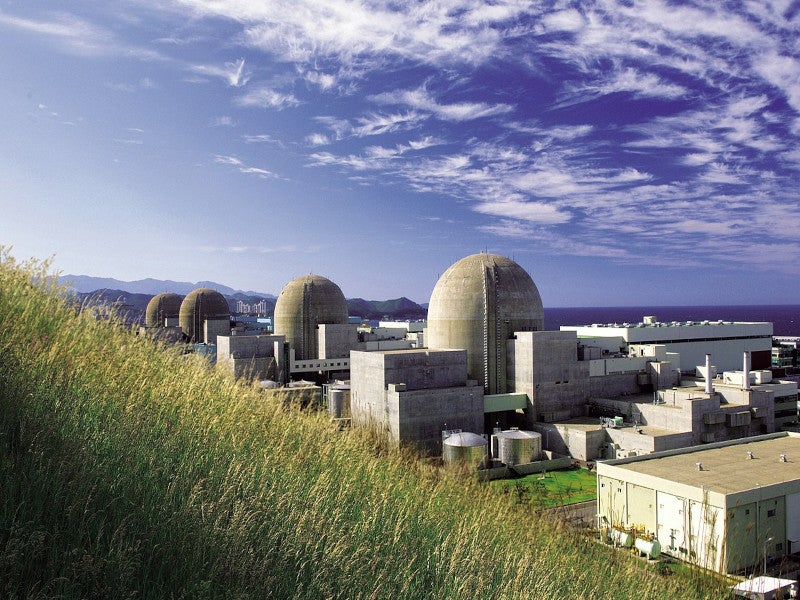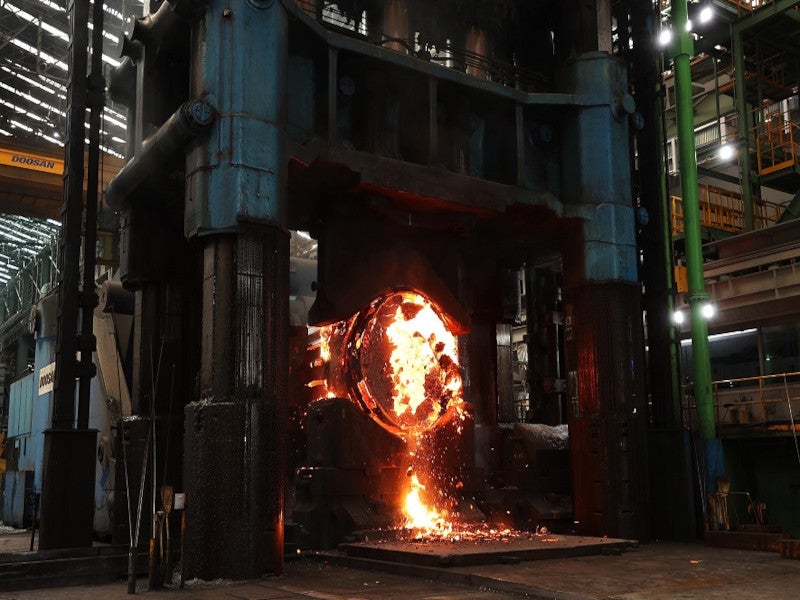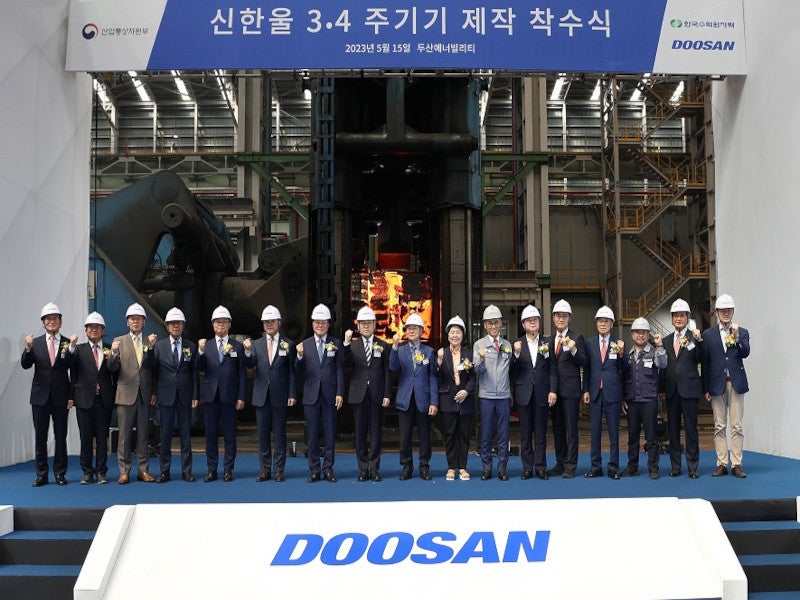The Hanul nuclear power plant (formerly Ulchin), located in Gyeongsangbuk-do province, is one of the largest nuclear power plants in South Korea.
The facility is being developed in two phases and will have a total installed capacity of 6.15GW on completion. The project is owned and operated by Korea Hydro and Nuclear Power (KHNP).
The first phase consisting of six units, namely Ulchin one to six, became operational in 2005.
The second phase includes four units, Shin-Hanul 1, Shin-Hanul 2, Shin-Hanul 3 and Shin-Hanul 4. The first two units under phase two have already commenced operation while the other two are under construction.
Details of the first six Hanul units
Hanul-1 features a three-loop pressurised light water reactor with a net capacity of 945MW. Construction commenced in January 1983 and concluded in September 1988.
Hanul-2 is identical to the first. Construction of the unit began in July 1983 and the unit commenced operations in September 1989, housing a 942MW reactor.
Hanul-3, operational since August 1998, boasts a capacity of 994MW. It introduced the two-loop light water pressurised reactor as part of the first Korean Standard Nuclear Power (KSNP) Plant and features a series of procedures to ensure safe electricity generation.
Key innovations in the third unit include a safety depressurisation system, enhanced chemical and volume control systems, and digital control systems. The KSNP nuclear technology self-reliance programme aspires to secure self-sufficiency in electricity supply through domestic nuclear power technology.
Constructed in parallel with Hanul-3, Hanul-4 is a two-loop light water KSNP plant with a 998MW reactor, operational since August 1998.
Hanul-5 features a 1GW pressurised light water reactor. Construction on the unit began in January 1999 and was connected to the grid in January 2004.
Hanul-6, a 996MW unit, was constructed between September 2000 to January 2005.
Details of Shin-Hanul units
Shin-Hanul units one and two are located in Uljin by the East Sea. The units are the first power plants in South Korea to achieve technological independence.
Construction on the Shin-Hanul unit one started in July 2012, and it entered commercial operations in December 2022.
Shin Hanul unit two received the operating licence in September 2023 and began commercial operations in April 2024, following seven months of power increment and performance tests. The unit includes an APR-1400 pressurised water reactor with a net capacity of 1.4GW.
Shin Hanul units three and four are scheduled for completion by 2032 and 2033 respectively.
Hanul nuclear power plant reactors
Hanul nuclear power plant units one and two use France CPI model reactors while units three to six use OPR-1000 model pressurised water reactors.
The APR-1400 models used for the Shin-Hanul units were initially known as the Korean Next-Generation Reactor. It has an enhanced seismic design to withstand 300gal ground acceleration.
The reactor thermal power upgrade was carried out for Hanul units one and two in September 2002, which resulted in an increase of the electric output by 54MW, from 1,003MW to 1,057MW.
Long-term assessment strategies were also put in place based on equipment reliability processes to reduce plant maintenance costs and system management.
The Hanul nuclear power plant includes safety equipment such as the safety injection system (SIS), the safety depressurisation system (SDS), the shutdown cooling system, an emergency feed-water system, and a containment spray system.
Contractors involved
Doosan Heavy Industries and Construction was awarded the contract for the construction and development of Hanul units one to six.
Framatome provided the reactors for units one and two while Alstom supplied the turbine generators, steam generators and architectural engineering services. Korean Heavy Industries and Construction and Dong Ah Construction Company were responsible for the construction.
Korean Heavy Industries and Construction (Hanjung) manufactured the reactor vessel, steam generators, turbine, generators and pressurisers for Hanul units three to six.






